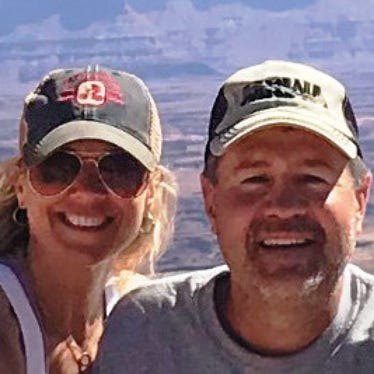
With the presidential election in full swing it seems everything in the news is hot topics, one of which is "climate change."
These words can incite heated arguments between believers and non-believers or different political affiliations. Many say man alone can’t change the weather of the world. Nonetheless, I'm going to weigh in with my opinions on this hot topic, or at least one that is related.
I recently watched a documentary by Ken Burns called the Dust Bowl. It laid out many of the things which caused those devastating dust storms and ecological disaster. The entire nation was affected by this catastrophe.
Plowing millions of acres of the prairies paved the way for the Dust Bowl of the 1930. It was man-caused climate change.
The plains developed over thousands of years with grazing animals and deep-rooted, mostly warm-season grasses and forbs. Rainfall was erratic with years of drought followed by more rainfall. When the plains were first plowed it was during normal years of rainfall but soon went into drought conditions. When the crops failed, there was nothing to hold the soil in place and we know the result. This went on for many years before more normal rains returned.
I believe the biggest thing that separates us from the 1930 dust bowl years is the ability to irrigate many places. Certainly we've seen major dust storm that looked just like the 1930s and 1950s dust storms rise up during the recent drought years.
So I must ask, was the soil loss created by the dust bowl a manmade issue?
I know from my own operation that grazing management can affect many things in regard to water infiltration, holding capacity and the overall water cycle.
• More vegetation left after grazing can hold more water and retains more after a rain.
• Increasing soil organic matter can also hold more water. An increase of 1% can hold up to 20,000 extra gallons of water per acre.
• Managing for increased soil health -- meaning greater soil life and plant diversity -- can also increase infiltration rates.
If these can be accomplished on a small scale, why can’t it be done on a large scale, such as an entire continent? The reverse is also true, if much of the farmland in the country has been depleted in organic matter, what effect does this have on the water cycle of the entire continent? Are these man made issues? Do we cause our own droughts and flood on both a large and small scale?
I have seen NRCS’s rain fall simulator many times and I never fail to be enlightened by what it shows. I would highly recommend each of you to watch one in person or look it up on the internet. I recently saw a demonstration on different types of cropping systems from no-till to conventional tillage. What was interesting about this particular demonstration is that one pan was left empty with no soil. This had the same effect as a non-permeable surface such as asphalt or concrete. The continuous-tilled field had almost as much runoff as the empty pan. In other words, a concrete parking lot and a conventionally tilled field had similar runoff.
There are limited things that can be done to change the runoff patterns of a huge city but much can be done on millions of acres of farmland across this country.
I believe there is no question we have degraded and are degrading our environment, but I know there is plenty we can do to change it. One individual may not be able to change the rainfall and weather patterns of a continent but many working together can indeed!
About the Author(s)
You May Also Like






